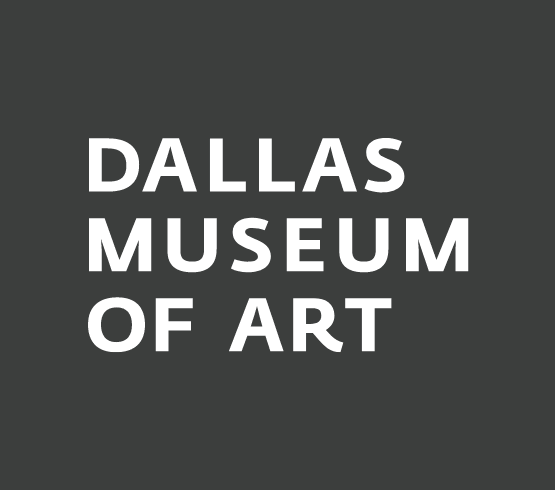The Houston Symphony dates back to 1913, Houston Grand Opera to 1955. But who says big-city music groups are the only ones with history?
The weeklong festival, which opens June 3, will branch out for an outdoor concert by singer-songwriter Ruthie Foster (June 9) and, for the finale, Gustav Mahler’s Symphony No. 1 (June 10). The festival’s artistic director, Alejandro Hernandez-Valdez, will conduct the VBF Orchestra in Mahler’s massive work.
“We normally don’t have an orchestra of that size. But this year is special for us,” says William Buck Moore, the festival’s executive director. Besides picking Mahler’s blockbuster to tie in with the concert’s theme of heroic journeys, Hernandez-Valdez is looking to the future. “He’s got another Mahler piece picked out for 2024,” Moore says, “and he wanted this to whet the audience’s appetite.”
“Some of them have been with us for as long as 30 years,” Moore says. The appeal, he explains, lies in “camaraderie and a sense of family. Those who have been coming for that length of time have become close friends with other musicians, and they enjoy the time. … They also enjoy the music we play.”
The most prominent long-timer may be Stephen Redfield, the festival orchestra’s concertmaster. Also a veteran of the Oregon and Arizona Bach festivals, he recently showed off his baroque-violin skills in Houston, where he joined Ars Lyrica in Handel’s lively secular cantata Clori, Tirsi e Fileno. In Victoria, Redfield will spearhead a period-instrument performance of Bach’s Brandenburg Concertos Nos. 1, 2 and 4 (June 8).
The festival will open with a pair of concerts by a first-time guest, the Texas Guitar Quartet (June 3-4). The group will play its initial program in the nearby town of Goliad, in the venerable Our Lady of Loreto Chapel at the Presidio La Bahía. Built in 1749, the stone chapel is “very small, very intimate,” Moore says. “It lends itself to music very well. I’m really looking forward to that.”

1 ⁄8
Ruthie Foster will perform at the 2023 Victoria Bach Festival. Photo by Riccardo Piccirillo.

2 ⁄8
Renee Anne Louprette performs in the 2023 Victoria Bach Festival. Photo by Joshua South.

3 ⁄8
Gitanjali Mathur performs in the 2023 Victoria Bach Festival. Photo courtesy of the artist.

4 ⁄8
Carlos Monzon performs in the 2023 Bach Festival. Photo courtesy of the artist.

5 ⁄8
Cellist Anita Graef (left) and Soprano Ivy Cantu (right) perform as part of the Victoria Bach Festival Emerging Artist series. Photo courtesy of the Victoria Bach Festival.

6 ⁄8
The Victoria Bach Festival Baroque Chamber group led by Stephen Redfield as they perform Bach’s Brandenburg Concertos. Photo courtesy of the Victoria Bach Festival.

7 ⁄8
The Aeolus Quartet returns to the Victoria Bach Festival in 2023. Photo courtesy of the Victoria Bach Festival.

8 ⁄8
Artistic Director Alejandro Hernandez-Valdez conducts the Victoria Bach Festival Orchestra as they perform Tchaikovsky’s triumphant Symphony No. 5. Photo courtesy of the Victoria Bach Festival.
The festival will also bring back past visitors: the Aeolus String Quartet (June 7) and organist Renée Anne Louprette (June 9). Louprette, college organist at Bard College in New York state, is “a favorite of our patrons and audience,” Moore says, and the Aeolus group boasts a powerful bond among its members.
“They breathe together. They convey such emotion as they play,” Moore says. “It’s an incredible experience not only to hear them, but to watch them. They read each other. They cue off each other.”
The outdoor concert by singer-songwriter Foster, also a festival favorite, will be free. As another way of making the festival accessible to everyone regardless of income, the lunchtime concerts—such as the Beach program and Louprette’s recital—are pay-what-you-can, Moore says.
Most of the festival’s audience comes from Victoria and the Crossroads area, Moore says. But the festival hopes to become a draw for visitors from farther afield.
“One of the things we’re working toward … (is) to expand our footprint into the large metropolitan areas within the state,” he says. “We feel like we have a great product. We want folks to know about it.”
-STEVEN BROWN





